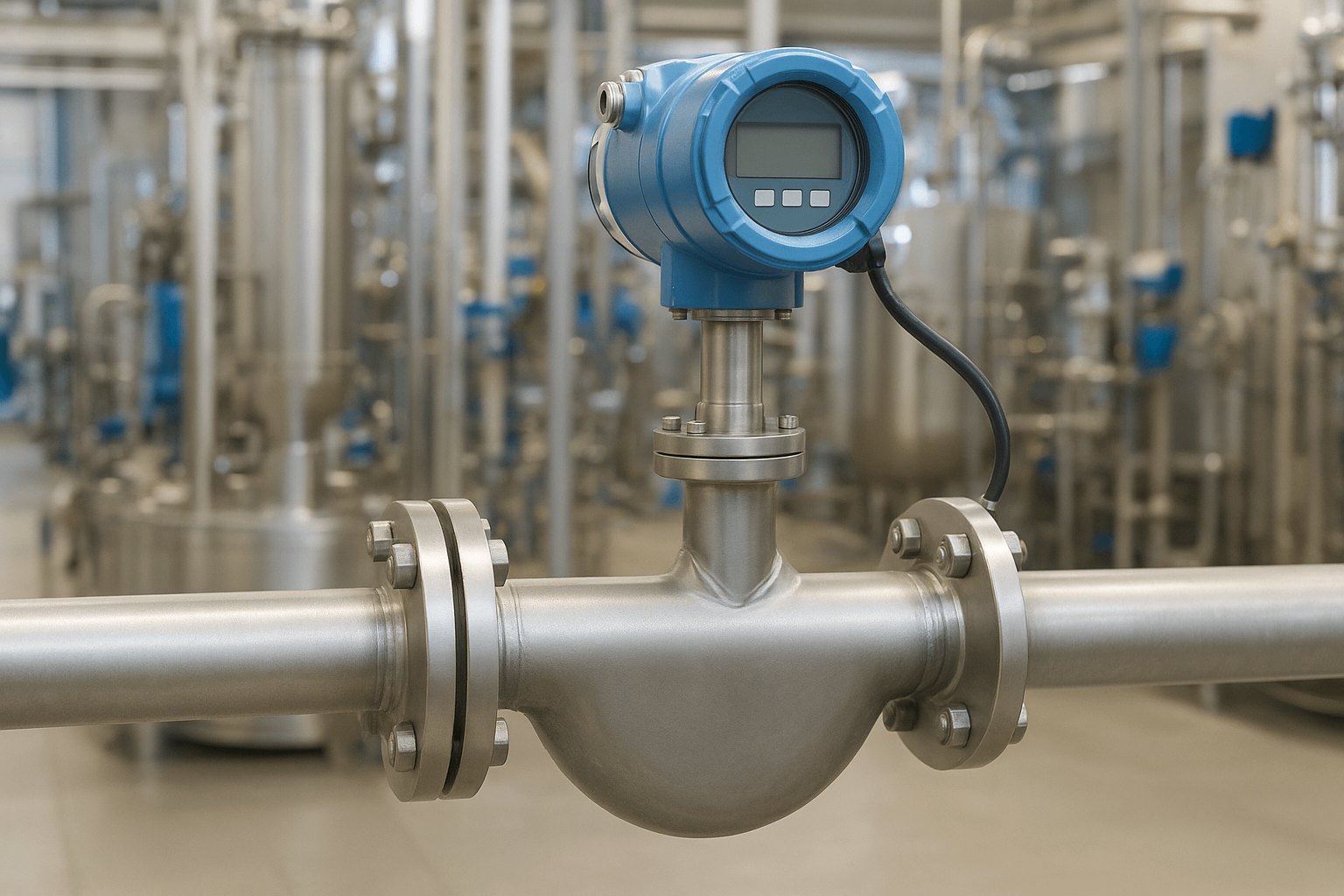Electrical equipment failure can be a costly and disruptive issue for industries across the globe. Understanding the root causes of such failures is crucial for preventing downtime, ensuring safety, and optimizing operational efficiency. In this blog post, we delve into the most common cause for the failure of electrical equipment, providing valuable insights and practical solutions to mitigate this pervasive issue.
- Overheating: The Silent Culprit
One of the leading causes of electrical equipment failure is overheating. Excessive heat can degrade insulation, damage components, and ultimately lead to catastrophic failures. Several factors contribute to overheating, including inadequate cooling systems, poor ventilation, and overloaded circuits. By addressing these factors, industries can significantly reduce the risk of equipment failure. - Inadequate Maintenance: A Recipe for Disaster
Neglecting regular maintenance is another major cause of electrical equipment failure. Over time, dust, dirt, and debris accumulate, obstructing airflow and causing components to overheat. Additionally, loose connections, worn-out cables, and corroded terminals can compromise the integrity of the electrical system. Implementing a comprehensive maintenance program, including routine inspections, cleaning, and testing, is essential to prevent failures. - Power Surges and Voltage Fluctuations: The Unseen Threats
Power surges and voltage fluctuations pose significant risks to electrical equipment. Surges, often caused by lightning strikes or faulty wiring, can instantly damage sensitive components. Voltage fluctuations, on the other hand, gradually degrade equipment over time. Installing surge protectors, voltage regulators, and uninterruptible power supply (UPS) systems can safeguard against these threats, ensuring stable and reliable power supply. - Environmental Factors: Nature's Impact
Harsh environmental conditions, such as extreme temperatures, humidity, and corrosive substances, can accelerate the deterioration of electrical equipment. Exposure to moisture, for instance, can lead to short circuits and corrosion, compromising the equipment's functionality. Employing protective measures, such as enclosures, sealing, and proper insulation, can shield equipment from environmental hazards. - Human Error: The Weakest Link
Despite technological advancements, human error remains a significant cause of electrical equipment failure. Improper installation, incorrect wiring, and unauthorized modifications can all lead to equipment malfunctions. Conducting thorough training programs, implementing standardized procedures, and promoting a culture of safety can minimize the risk of human-induced failures.
Conclusion:
The failure of electrical equipment can have severe consequences, ranging from financial losses to safety hazards. By understanding and addressing the most common causes of failure, industries can proactively protect their investments and ensure uninterrupted operations. From mitigating overheating and implementing regular maintenance to safeguarding against power surges and considering environmental factors, a comprehensive approach is essential. By prioritizing equipment reliability and investing in preventive measures, industries can minimize downtime, enhance safety, and optimize productivity.


